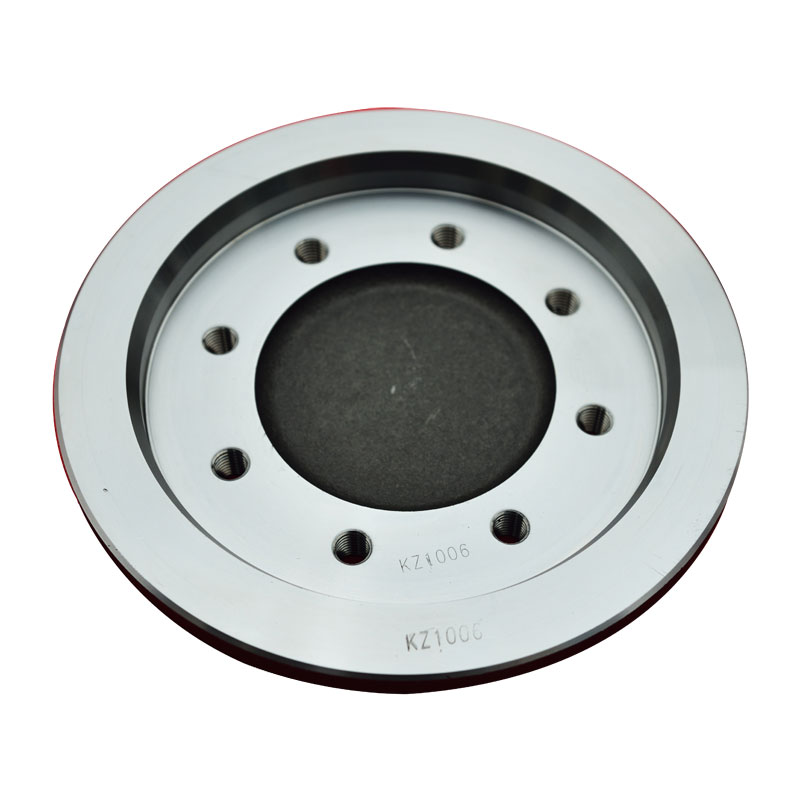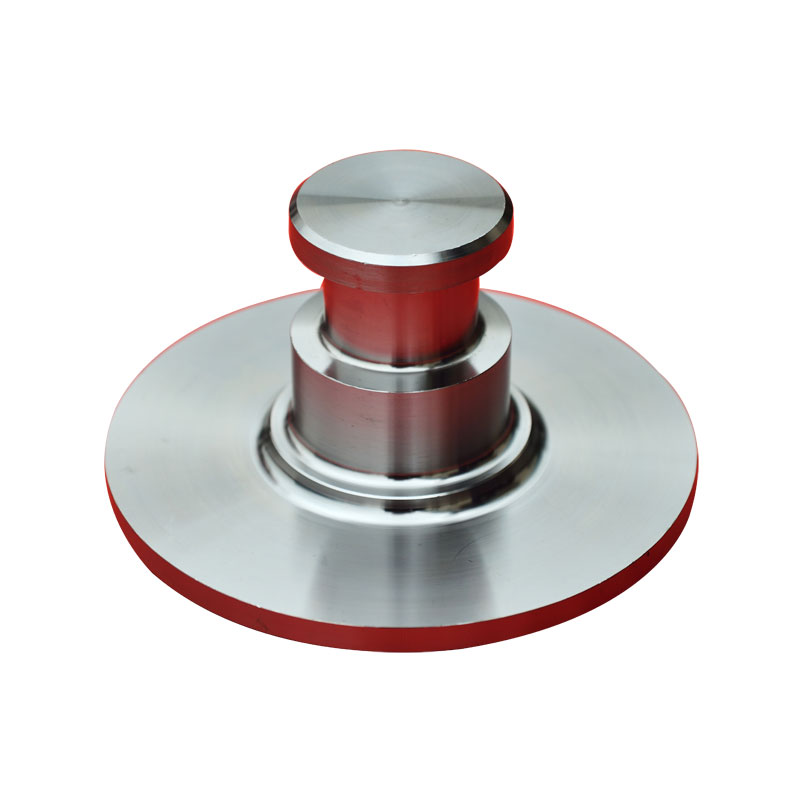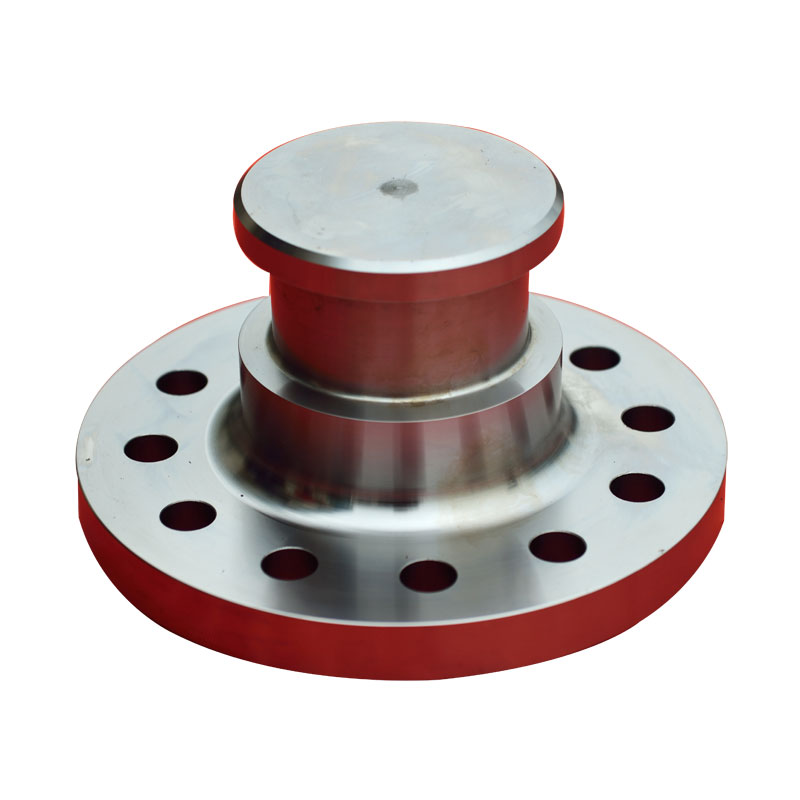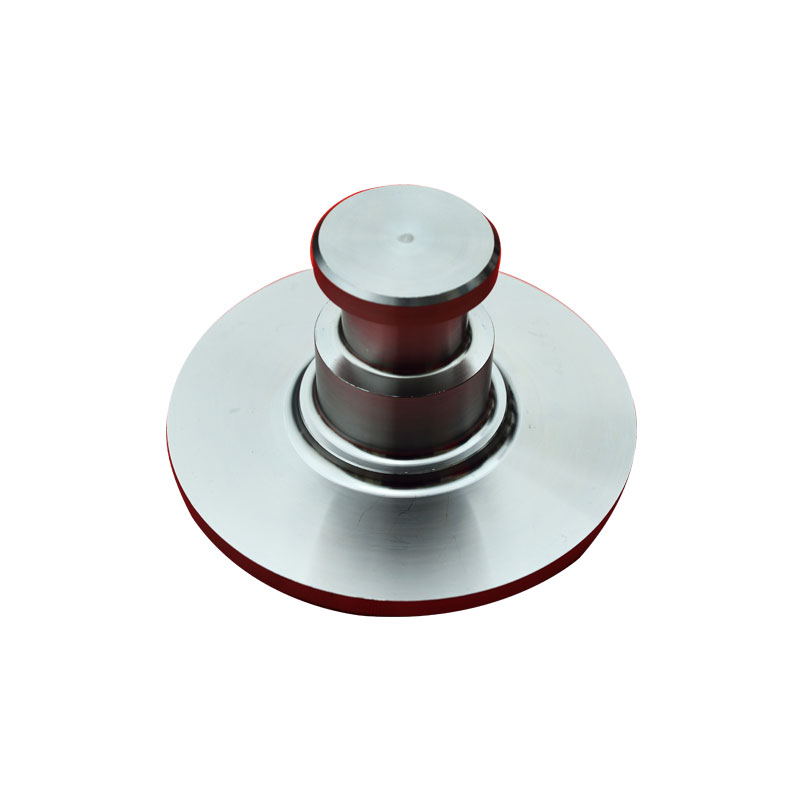How to deal with the oxide skin on the surface of forgings after forging and heat treatment?
2022-05-27
For the oxide scale on the forgings after die forging or heat treatment, the following cleaning methods are widely used in production:
1, drum cleaning
Drum cleaning is the forging (or add a certain proportion of abrasive and filling agent) installed in the rotating drum, by mutual impact and grinding, remove the oxide skin and burr on the surface of the forging. This cleaning method is simple in equipment, convenient in use, but noisy, suitable for small and medium-sized forgings that can withstand a certain impact and not easy to deformation. Roller cleaning is divided into two kinds of non-abrasive and abrasive cleaning, the former does not add abrasive, but can be added to the diameter of 10 ~ 30mm steel ball or triangle iron, mainly by collision to remove the oxide scale; The latter to add quartz stone, waste grinding wheel fragments and other abrasives and soda, soapy water and other additives, mainly by grinding for cleaning.
2, sandblasting (shot) cleaning
Sandblasting or shot blasting is powered by compressed air, and quartz sand or steel shot is sprayed through a nozzle onto the forgings to knock off the oxide skin. This method is suitable for forgings of all shapes and weights.
3, shot cleaning
Shot blasting cleaning is by the centrifugal force of the impeller at high speed, the steel shot is thrown onto the forgings to remove the oxide skin. Shot blasting cleaning productivity is 1 ~ 3 times higher than sand blasting cleaning, cleaning quality is also better, but the noise is big. In addition, impressions will be made on the forging surface. Shot peening and shot blasting, shooting down the oxide at the same time, the forging surface layer produce work hardening, but surface cracks and other defects can be covered up, min, for some important forgings should be magnetic inspection or fluorescent inspection and other sides to check the surface defects of the forging.
4, pickling cleaning
Pickling cleaning is to put the forgings in the pickling tank, by the chemical reaction of acid and iron to achieve the purpose of cleaning. The surface quality of pickling cleaning is high, and the surface defects of forgings (such as cracks and folds, etc.) after cleaning are clear and easy to check. Forgings on the difficult to clear part, such as deep holes, grooves and other effects bright and forgings will not produce deformation. Therefore, pickling is widely used in complex structure, flat thin slender and other easy deformation and important forgings. The pickling solution of carbon steel and low alloy steel forgings is carbonic acid or hydrochloric acid. Mixed solutions of various acids are used for high-alloy steels and non-ferrous alloys, and sometimes a combination of alkali and acid pickling is required.







